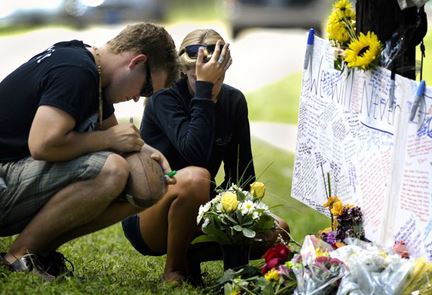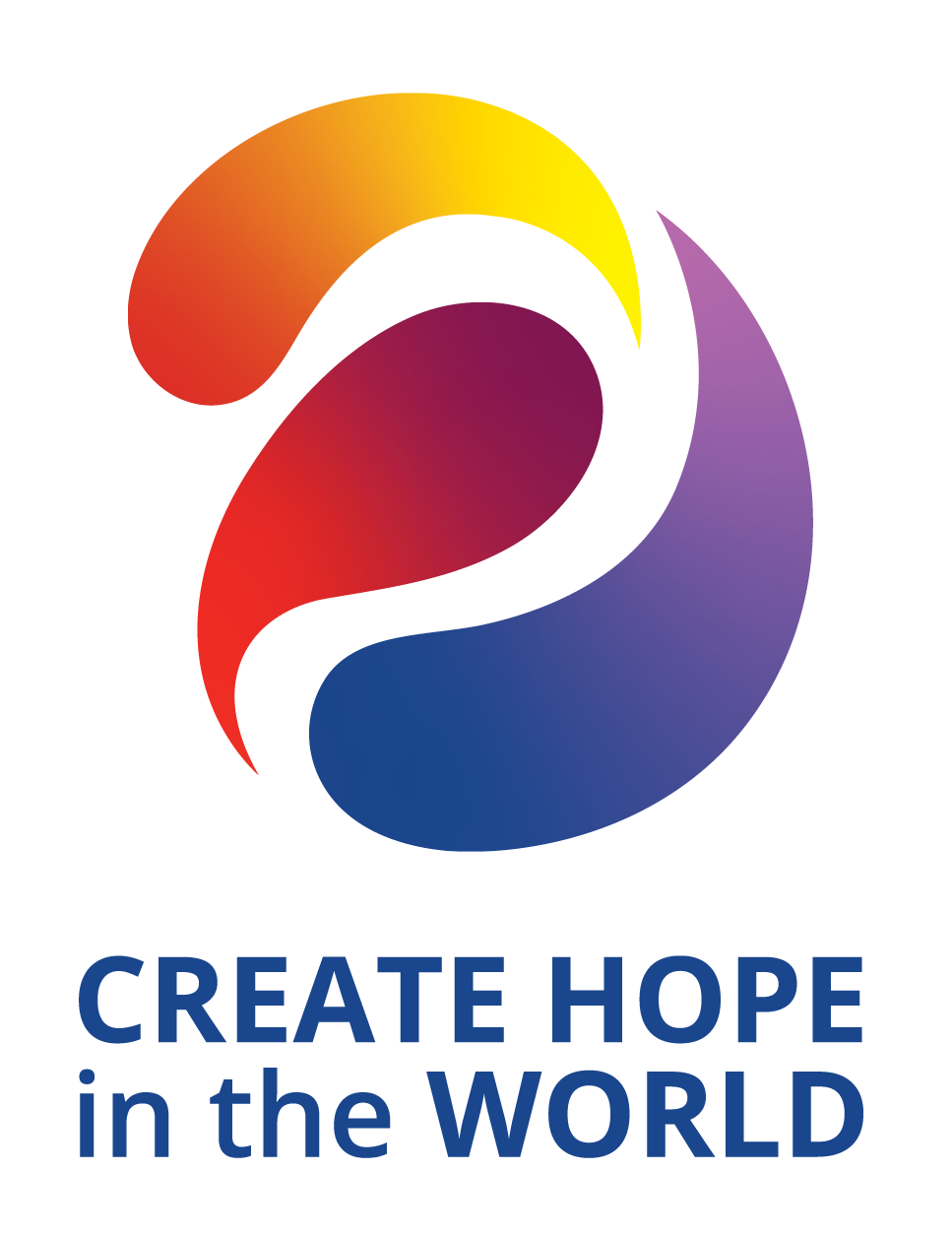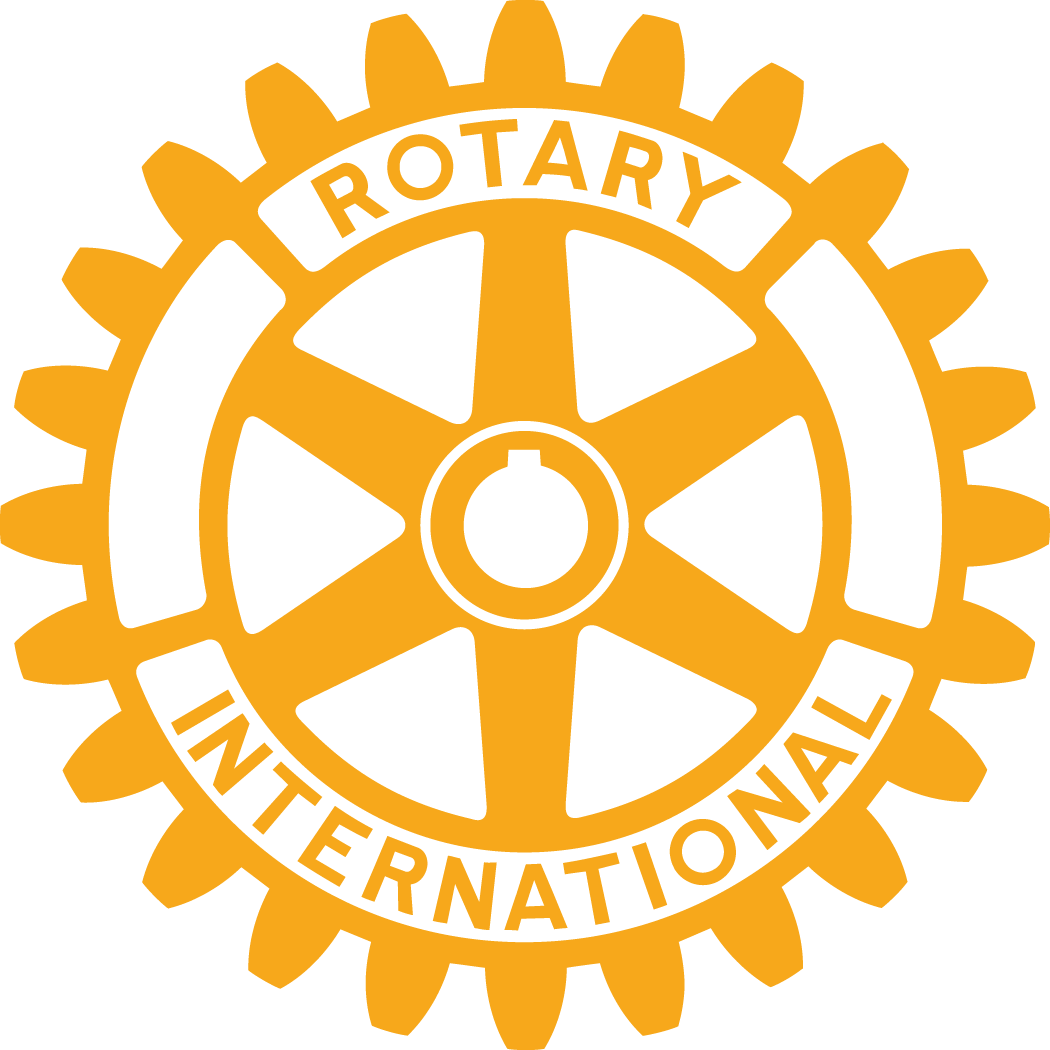Last week's speaker: DGEN Darrell Brown - RYDA
Posted by Franz Huber
on May 16, 2015
.png) Rotary Youth Driver Awareness (RYDA)
Rotary Youth Driver Awareness (RYDA)The chart on the left shows it all. Depicting crash statistics which include fatalities, the incidence of a P Plate driver in the first 2 years of his/her license looks like the Pareto Principle (80/20 %) in Marketing. Except that in this case you want to do anything to reduce the steep curve. In 2013, Australia recorded 1193 fatalities. About a quarter of these are young people in the 17-25 age group. One should also keep in mind that for road accidents, conventional statistics as apply to war casualties are vastly exceeded: For every 1 death there are 20 serious injuries. The effect of each and every case on the families, the school and the community is immeasurable.
It is good to know though that statistics record a steady decline year after year, on average the trend is - 3.4% per year (Bureau of Infrastructure, Transport and Regional Economics. This proves the effectiveness of programs such as the Rotary Youth Driver Awareness (RYDA) program. Established in 2004, the program specifically targets 17-18 year olds, the most likely group to be involved. It is treated as a 1 day school excursion, with each presentation made to some 150 students.

On the Gold Coast, PDG Graham Jones kicked the program off on the Gold Coast in 2004. Since then, throughout Australia, some 350,000 students h
ave attended RYDA, from some 500 schools at 90 venues. And not a lot of 'I speak, you sit there and listen': they run 6 interactive sessions during the day, such
as the demonstration of stopping distances at various speeds.
And what do the participating students think? Well, 82% gavie it the top rating in effectiveness, 95% say it should be compulsory, 99% agreed it increases student awareness. Yet, as always, there is the continued battle to get funding. It costs approximately $25 per person attending. Considering just the monetary side alone: "Road trauma costs the public purse about $27 Billion per annum" the report of Road Safety Education (RSE), the body which oversees the various programs, states. Yet, Government contributes just 4%, with the balance funded by the community, including some sponsorship by Toyota in Australia and NZ Steel in New Zealand. The Insurance Companies? Whilst the first start was sponsored by Suncorp, at present they are not exactly standing out - very little if anything. Just how much would an insurance company save if they don't have to pay out a road crash?

